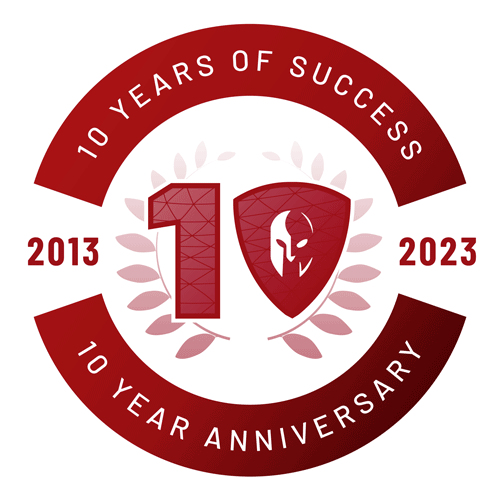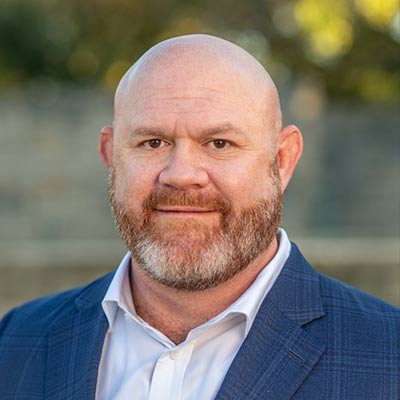Introduction
In recent years, ransomware has evolved from targeting IT systems and data to aiming directly at the heart of industrial operations: OT, or Operational Technology. A recent report from Honeywell shows a 46% rise in ransomware attacks targeting OT environments in the first quarter of 2025 alone. This growing trend signals a shift in attacker priorities and a wake-up call for organizations that depend on physical systems to run their operations.
Unlike traditional IT breaches, attacks on OT systems don’t just compromise data. They can halt production lines, shut down utilities, and jeopardize public safety. As more physical infrastructure becomes digitally connected, the gap between IT and OT security becomes a critical exposure point.
What Are OT Systems and Why Are They Vulnerable?
OT systems control industrial operations, from manufacturing equipment and building automation to energy grids and water treatment facilities. These systems were often designed to last for decades, with little built-in security and minimal connection to the internet.
But digital transformation has changed that. Companies are now connecting OT systems to IT networks for greater visibility, automation, and efficiency. Unfortunately, this convergence has introduced new risks:
- Many OT systems run outdated software and cannot be patched easily
- Network segmentation is often lacking, allowing attackers to move from IT to OT systems
- OT environments may lack monitoring tools to detect unusual behavior
Once attackers gain access, the impact can be immediate and severe. Unlike data exfiltration in an IT breach, locking down OT systems can stop business in its tracks.
How to Prepare and Protect OT Environments
For many organizations, securing OT systems requires a different mindset and approach than traditional IT cybersecurity.
Here are key steps to consider:
1. Assess and Map Your OT Environment
Understand what systems are in place, how they’re connected, and where the risks lie. Tools like Secutor’s cybersecurity assessments can uncover vulnerabilities specific to industrial networks.
2. Segment Networks to Limit Exposure
Separate IT and OT networks whenever possible. Implement controls that restrict traffic between segments and use firewalls to monitor communication.
3. Implement Threat Detection for OT
Install monitoring tools designed for industrial protocols. Traditional antivirus solutions are often blind to OT-specific threats.
4. Prepare Incident Response Plans That Include OT
Most organizations have IR playbooks for IT incidents, but few include OT scenarios. Response plans should address how to isolate, recover, and resume operations safely.
5. Engage Experts in OT Security
Many security teams are unfamiliar with OT environments. Partnering with experts who understand both the technical and operational aspects is key to building resilience.
Conclusion
As ransomware continues to evolve, attackers are focusing on what hurts most: operations. OT systems present an enticing target because they are often overlooked in traditional security planning but are essential to keeping businesses and infrastructure running.
Organizations that rely on OT must act now to close visibility gaps, strengthen segmentation, and prepare for the reality of targeted attacks. To learn how Secutor can help your team secure critical systems and build lasting resilience, contact us for a free consultation.
We're Here to Help
Secutor is made up of a team of 100+ world-class problem solvers, dedicated to keeping the networks behind your business protected, audit-ready and running efficiently. Our proven track record of successfully exceeding client expectations is achieved through the combination of our methodical approach, advanced technologies, subject matter expertise, and synergy with client team members.







